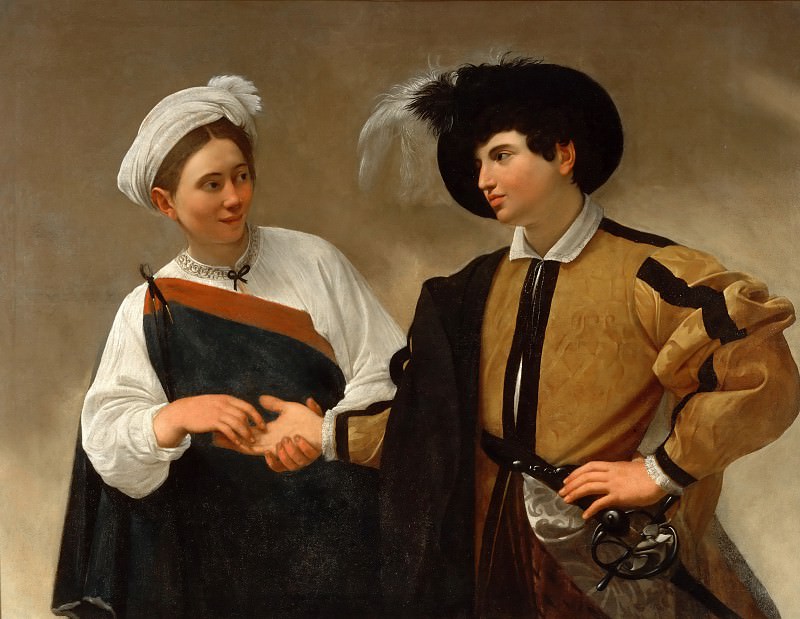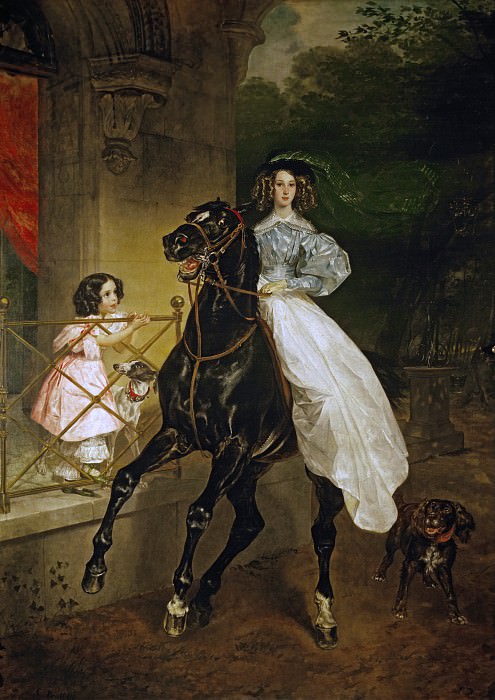William Turner: The Master of Light and Color
Early Life and Influences
William Turner, born on April 23, 1775, in Covent Garden, London, is widely recognized as one of the greatest landscape painters in the history of art. Turner's full name was Joseph Mallord William Turner, and his artistic journey began at a young age. His father, a barber and wig-maker, exhibited Turner's early drawings in his shop window, which attracted the attention of local artists and patrons. Turner's mother suffered from mental illness, leading to her confinement in a mental asylum. This personal tragedy profoundly influenced Turner's life and work, instilling in him a sense of melancholy that is often reflected in his paintings.
Turner's artistic education began formally when he enrolled in the Royal Academy of Arts at the age of 14. His early influences included the classical landscapes of Claude Lorrain and the dramatic compositions of Nicolas Poussin. However, Turner was also drawn to the works of contemporary artists such as Thomas Girtin, with whom he shared a studio. Girtin's watercolors and use of light profoundly impacted Turner's own approach to landscape painting.
The Evolution of Turner's Style
Turner's early works were primarily topographical and characterized by meticulous detail. His watercolors of the late 1790s and early 1800s demonstrate his ability to capture the essence of a scene with precision and clarity. However, as his career progressed, Turner's style evolved dramatically. He began to experiment with color, light, and atmosphere, moving away from precise representation towards a more expressive and emotive approach.
One of Turner's most significant early works, "Fishermen at Sea" (1796), showcases his mastery of moonlight and his ability to convey the sublime power of nature. This painting marked the beginning of his fascination with the sea, which would become a recurring theme in his later works.
The Sublime and the Picturesque
Turner's exploration of the sublime and the picturesque was influenced by the writings of Edmund Burke and the Romantic poets. The sublime, as described by Burke, is an aesthetic quality that evokes awe and terror, often associated with the vastness and power of nature. Turner's paintings of tumultuous seas, stormy skies, and erupting volcanoes capture this sense of the sublime, eliciting an emotional response from the viewer.
In contrast, the picturesque is characterized by scenes that are aesthetically pleasing and harmonious. Turner's depictions of the English countryside, with its rolling hills, tranquil rivers, and quaint villages, embody this concept. Works such as "The Hay Wain" and "The Fighting Temeraire" showcase Turner's ability to balance these two opposing aesthetic qualities, creating compositions that are both dramatic and serene.
The Impact of Travel
Travel played a crucial role in Turner's artistic development. His journeys across Britain and Europe provided him with endless inspiration and subject matter. Turner's extensive sketchbooks, filled with studies and observations, document his travels and reveal his keen eye for detail and composition.
One of Turner's most significant trips was his first visit to Venice in 1819. The city's unique light, architecture, and waterways had a profound impact on him. Turner's Venetian scenes, such as "The Grand Canal, Venice" and "Venice, from the Porch of Madonna della Salute," are celebrated for their luminous color and atmospheric effects. These works capture the ephemeral beauty of Venice, with its reflections and shimmering light, showcasing Turner's innovative use of watercolor and oil.
Innovations in Technique
Turner's experimentation with technique and materials set him apart from his contemporaries. He was a pioneer in the use of watercolor, pushing the medium to new heights. His watercolors are characterized by their luminosity and fluidity, achieved through the layering of translucent washes and the use of unconventional tools such as sponges and rags.
In his oil paintings, Turner employed a technique known as "scumbling," where he applied thin layers of opaque paint over a dry underpainting, creating a sense of depth and luminosity. He also used glazing, where transparent layers of paint are applied over a base layer, enhancing the color's vibrancy and richness. These techniques allowed Turner to capture the effects of light and atmosphere with unparalleled subtlety and brilliance.
The Controversial Later Works
Turner's later works, particularly those exhibited at the Royal Academy in the 1840s, were met with mixed reactions. His departure from traditional representation towards a more abstract and experimental approach baffled many critics and viewers. Paintings such as "Rain, Steam, and Speed – The Great Western Railway" and "Snow Storm – Steam-Boat off a Harbour's Mouth" are characterized by their dynamic compositions and blurred forms, evoking a sense of movement and the passage of time.
These works foreshadowed the Impressionist movement, which emerged in France in the late 19th century. Turner's emphasis on the effects of light and color, as well as his loose brushwork, influenced artists such as Claude Monet and Camille Pissarro. His innovative approach to landscape painting paved the way for modern art, challenging traditional notions of representation and technique.
Turner's Legacy and Influence
Turner's impact on the art world extends far beyond his lifetime. His works have inspired generations of artists, from the Impressionists to the Abstract Expressionists. His ability to convey the power and beauty of nature through his innovative use of color and light has left an indelible mark on the history of art.
Turner's legacy is also preserved through the Turner Bequest, which he left to the British nation upon his death in 1851. This extensive collection of over 300 oil paintings and 19,000 watercolors and sketches is housed at the Tate Britain in London. The Turner Bequest provides invaluable insight into his artistic process and development, offering a comprehensive overview of his career.
Turner's Personal Life and Character
Despite his public success, Turner remained a private and enigmatic figure. He never married, and his personal life was marked by secrecy and solitude. Turner had a close relationship with his father, who lived with him and assisted in his studio until his death in 1829. Turner's grief over his father's death profoundly affected him, leading to a period of intense productivity and some of his most celebrated works.
Turner's later years were also marked by eccentricity and reclusiveness. He adopted the pseudonym "Mr. Booth" and lived with his housekeeper, Sophia Caroline Booth, in Chelsea. Despite his wealth and success, Turner lived frugally and was known for his disheveled appearance and eccentric behavior. His dedication to his art remained unwavering, and he continued to paint until his death on December 19, 1851.
Conclusion
William Turner's contribution to the art world is immeasurable. His innovative use of light and color, his exploration of the sublime and the picturesque, and his willingness to push the boundaries of traditional representation have solidified his place as one of the greatest landscape painters in history. Turner's works continue to captivate and inspire, offering viewers a glimpse into the awe-inspiring power and beauty of nature.
As we reflect on Turner's legacy, it is evident that his influence extends far beyond his lifetime. His ability to capture the ephemeral qualities of light and atmosphere, his mastery of technique, and his dedication to his craft have left an enduring mark on the history of art. Turner's paintings are not merely representations of the natural world; they are expressions of the artist's vision and his profound connection to the world around him.
Through his art, Turner invites us to see the world through his eyes, to experience the sublime beauty and power of nature, and to appreciate the fleeting moments of light and color that define our existence. His legacy endures, reminding us of the boundless possibilities of artistic expression and the enduring power of the human imagination.




